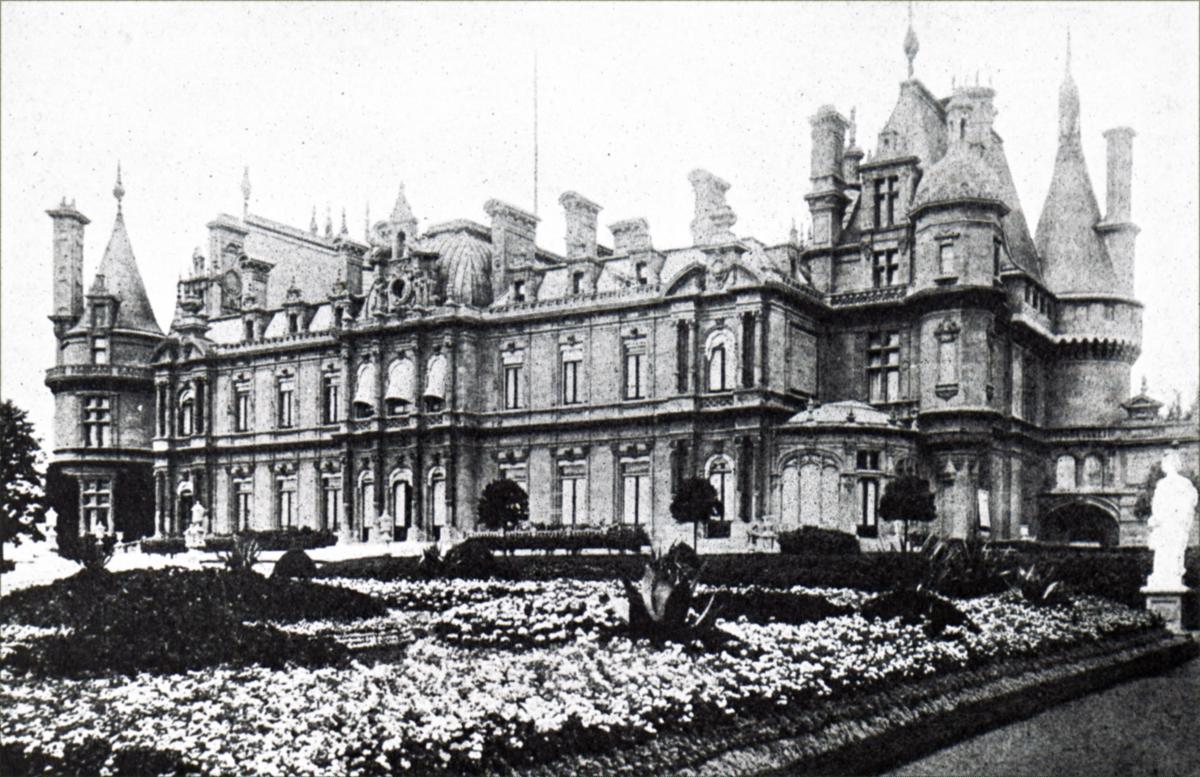In the summer of 1714, Queen Anne passed away, marking the end of the Stuart dynasty that had lasted for decades. But the real surprise was not just her death—it was the identity of the new king: George Louis, a German by birth, who had not been born in Britain and did not speak the language. Even the British people themselves hadn’t expected him to become their next monarch.
However, George Louis was the only legitimate heir accepted by the British Parliament. At that time, the country was engulfed in a fierce conflict between Catholics and Protestants. Although Queen Anne’s closest heir was her cousin, James Francis Edward Stuart, a Catholic, Parliament firmly rejected him.
According to the Act of Settlement of 1701, Parliament required that the monarch be a Protestant. The choice thus fell on George Louis, who later became King George I of Britain. He was born in Hanover, Germany, in 1660, spoke German and French, but did not speak English. He only began learning the language after ascending the throne and relied on advisors and translators to communicate with his ministers and subjects. This situation drew ridicule and resentment among the British public, but it didn’t stop him from consolidating his rule.
King George I was known for his lack of affection for British life and culture, and he preferred to reside in Hanover—even during his reign over Britain. The British people knew very little about him when he came to the throne, and he was sometimes referred to as "the foreign king."
Despite this, his reign marked the beginning of a period of political stability in Britain, during which royal powers declined in favor of Parliament. This shift laid the foundation for the parliamentary system that defines modern British politics.
With his accession, the House of Hanover began its rule in Britain, which lasted until 1901 with the death of Queen Victoria, who reigned for about 64 years. Her era, known as the Victorian Age, witnessed the peak of the British Empire’s expansion.
After Queen Victoria’s death, her son succeeded her as Edward VII, ruling until 1910. He was followed by King George V, who ruled until 1936. During his reign, due to widespread anti-German sentiment during World War I, the royal family changed its name from Saxe-Coburg and Gotha, of German origin, to Windsor.
In 1936, Edward VIII became King of Britain, but he abdicated after only 326 days in order to marry American socialite Wallis Simpson. That same year, his brother George VI succeeded him and reigned until his death in 1952.
In that year, his daughter Elizabeth ascended the throne and became Queen Elizabeth II, going on to become the longest-reigning monarch in British history until her death in 2022. She was then succeeded by her son, King Charles III, who remains on the throne to this day.
What’s certain is that the throne, which once spoke German in the 18th century, has become thoroughly British, experienced, and evolved—though the king still reigns without ruling.
Please post your comments on:
[email protected]
 Politics
Politics








